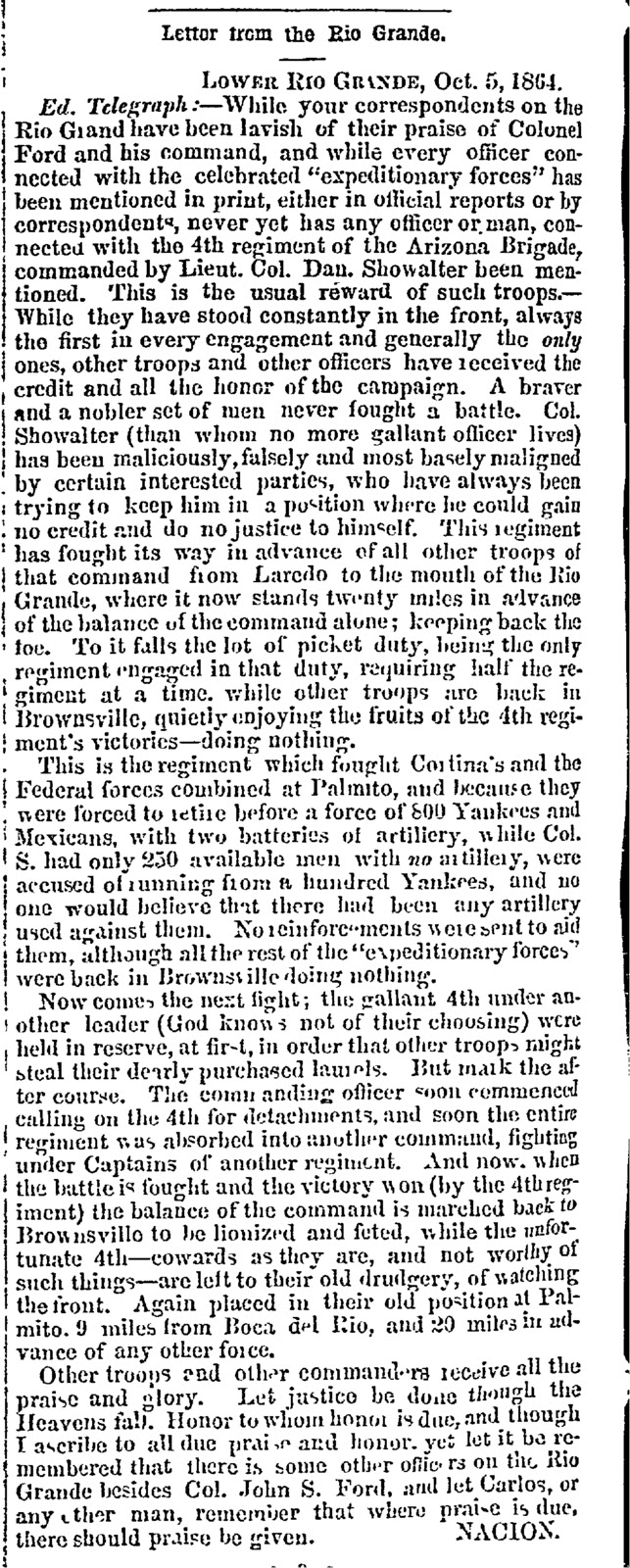Gene Armistead and I continue to make progress on The Book. It goes in fits and starts around all of the necessities of life and labor, but it's progressing. There should be some really great history in this book -- I'm surprised at how much information there really is on a seemingly obscure historical character, and how more keeps popping up! A work like this, dealing with a man whose story literally spans states and even countries, would have been tremendously difficult to put together not that many years ago; it's truly amazing the information we still come across thanks to the Internet.
And descendants! I am continually amazed at the contacts I've made through this whole process. Gene, of course, is one of those who I most likely never have met had it not been through Internet publication of this blog and the earlier publication of the Drum Barracks exhibit from which this blog stems. But thanks to the Internet, I've now had contacts from descendants from no less than five Showalter lines, from F.E. Kavanaugh, from Lt. Chauncy Wellman, and two from Miss Anna Forman (later Mrs. Peters). It really is remarkable. So a big shout out to Susan and John, Ed, Kenton, Bob, Fannie, Shirley, Larry and Bruce!
Gene and I think there will really be some remarkable history -- and some ground-breaking history -- in our work, so we're really looking forward to completing it and getting it on to a publisher. We're very fortunate in that we've had expressions of interest early on from two publishers, so it looks like this thing may actually happen. I will periodically update as progress continues.







